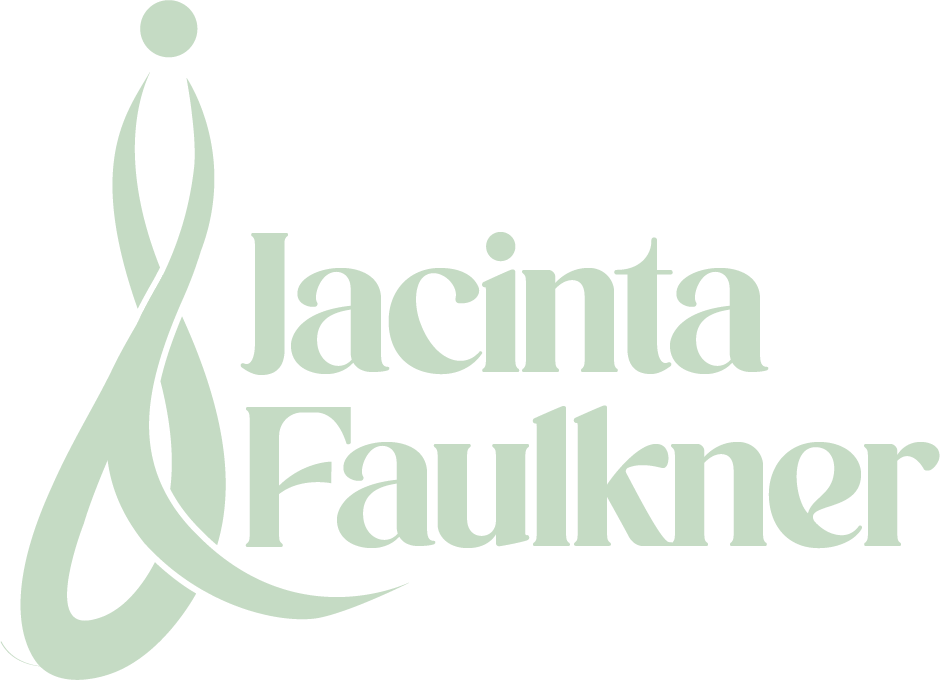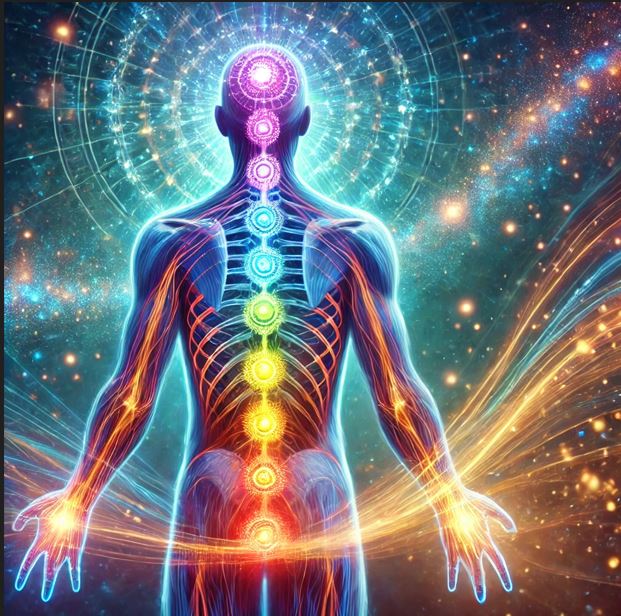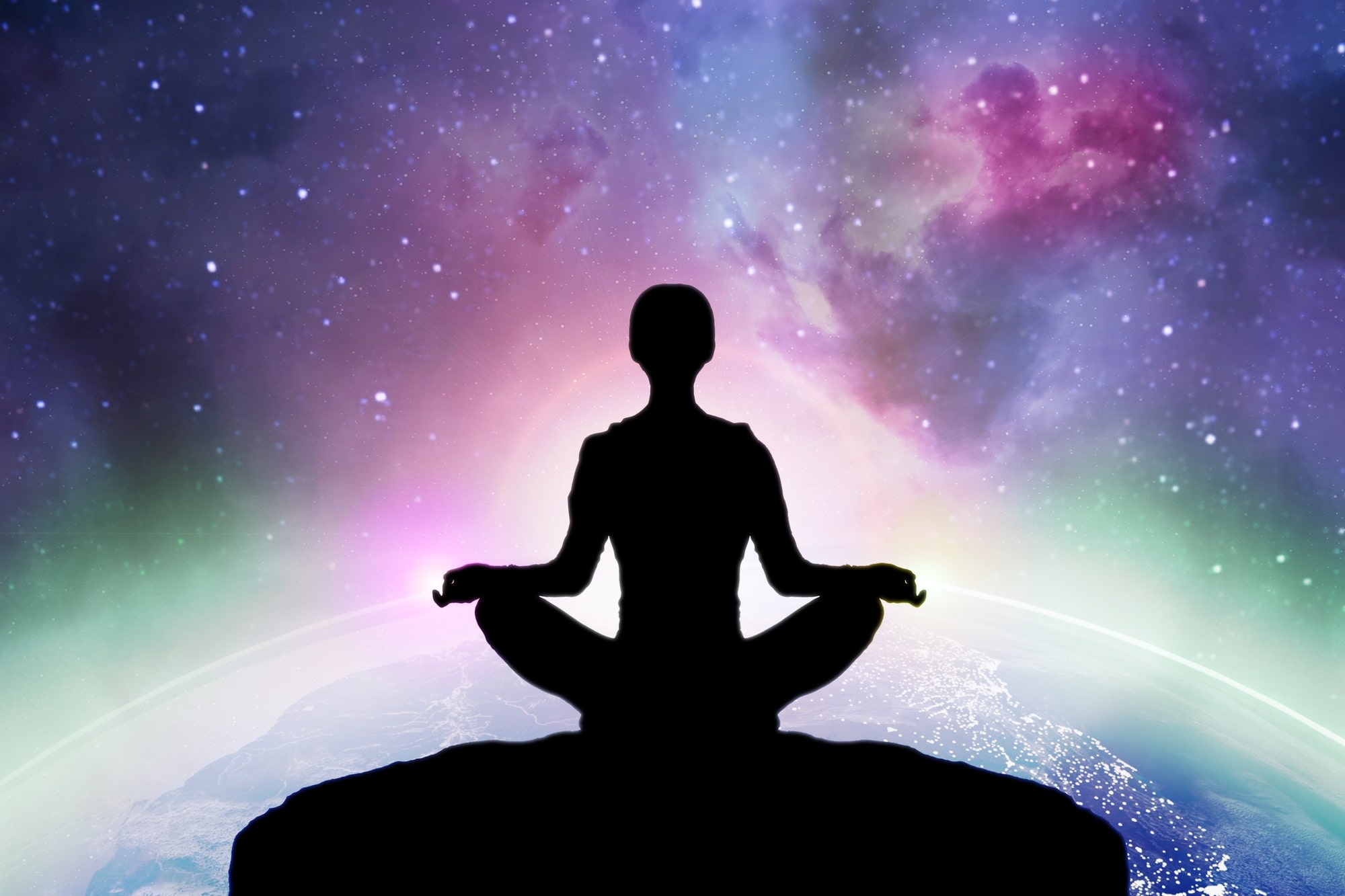Unveiling the Power of Universal Energy
Imagine a healing method that requires no medicine, no complicated equipment, and no physical manipulation—just the gentle, unseen flow of energy. This is Reiki, a practice that has captured the attention of wellness seekers worldwide. But what is Reiki, and how does it work? In this article, I will dive into its origins, principles, and the transformative way it connects us to universal energy.
The Origins of Reiki: A Brief History
Reiki, pronounced ray-kee, originates from Japan. Its name translates to “universal life energy” (rei means universal and ki means life force). This healing art was developed in the early 20th century by Mikao Usui, a Japanese monk. Usui’s spiritual quest led to the discovery of a method that channels energy to promote physical, emotional, and spiritual healing.
Reiki is based on the idea that our bodies are not just physical but also energetic. When this energy flows freely, we thrive; when it’s blocked, we experience stress, illness, or emotional imbalance. Reiki aims to restore balance by working with this vital energy.
The Principles of Reiki: A Foundation for Healing
Usui Reiki is guided by five core principles, intended to foster mindfulness and balance in everyday life:
- Just for today, I will not worry.
- Just for today, I will not be angry.
- Just for today, I will be grateful.
- Just for today, I will work diligently.
- Just for today, I will be kind to others.
These principles serve as a spiritual anchor, helping individuals align their thoughts and actions with the flow of universal energy.
How Reiki Works: The Science of Energy Healing
At its core, Reiki works by channelling universal energy through the practitioner to the recipient. This energy flows where it is needed most, addressing blockages and imbalances in the body’s energy field. While the process may seem mystical, it aligns with a growing understanding of energy within the fields of quantum physics and holistic medicine.
The Practitioner’s Role
Reiki practitioners act as conduits for universal energy. Through a series of hand positions, either lightly touching or hovering above the body, they guide energy to areas of need. These positions often align with the body’s chakra system—energy centres that govern our physical, emotional, and spiritual well-being.
What Does Reiki Feel Like?
During a Reiki session, many people report sensations such as warmth, tingling or a soothing wave of relaxation. Others may experience an emotional release, such as tears or a profound sense of peace, while some experience vivid colours and images. The experience for each individual is different and each session can be very different. Even if no sensations are felt, Reiki is still believed to work on subtle levels, promoting healing over time.
Scientific Perspectives on Reiki
While Reiki originates from spiritual traditions, modern science has begun to explore its effects. Studies have shown that Reiki may reduce stress, lower blood pressure, and improve overall well-being. For example, research indicates that Reiki triggers the relaxation response, helping to calm the nervous system and promote healing.
Though not fully understood by conventional science, Reiki’s emphasis on energy flow aligns with principles in physics, such as the idea that all matter is energy vibrating at different frequencies. Reiki seeks to harmonise these vibrations within the body.
Benefits of Reiki: More Than Just Relaxation
Reiki’s applications are as diverse as its recipients. Here are just a few of its many benefits:
- Stress Relief: Reiki promotes deep relaxation, helping to reduce stress and anxiety.
- Emotional Healing: Many people find clarity and emotional balance after a session.
- Physical Healing: Though not a replacement for medical care, Reiki can complement treatments for chronic pain, fatigue, or recovery from surgery.
- Spiritual Growth: Reiki connects individuals to their higher selves, fostering a sense of purpose and peace.
Who Can Practice or Receive Reiki?
Reiki is a universal practice—accessible to anyone, regardless of spiritual beliefs or background. Practitioners undergo training to get attuned to universal energy. This involves a spiritual ceremony where a Reiki Master opens a student’s energy pathways to connect with universal life force energy. This enables the practitioner to self-heal and to help others but recipients need only an open mind and a willingness to heal.
Conclusion: A Pathway to Balance and Wellness
Reiki is more than a healing practice; it’s a way of life that nurtures the connection between mind, body, and spirit. By channelling universal energy, Reiki helps us release what no longer serves us and embrace a state of harmony and vitality.
Whether you’re seeking stress relief, emotional balance, or spiritual growth, Reiki offers a gentle yet powerful pathway to wellness. Curious to try it for yourself? Begin your journey today and experience the transformative power of universal energy and book a session now.





